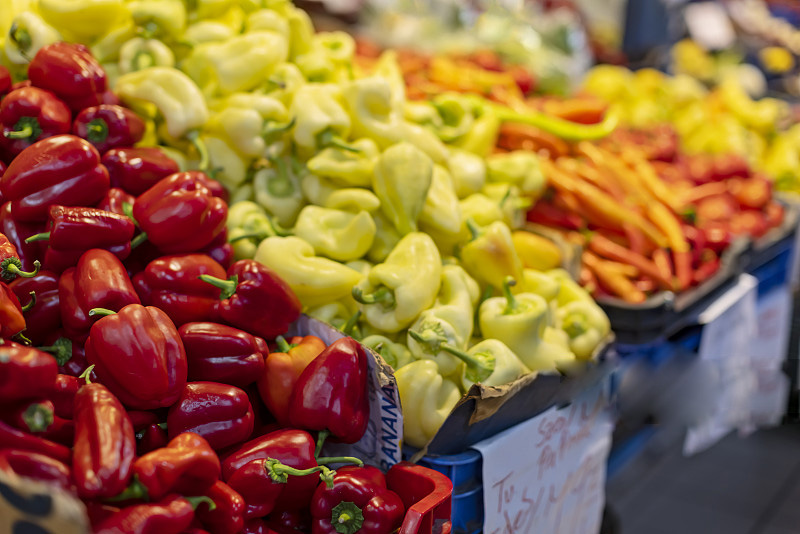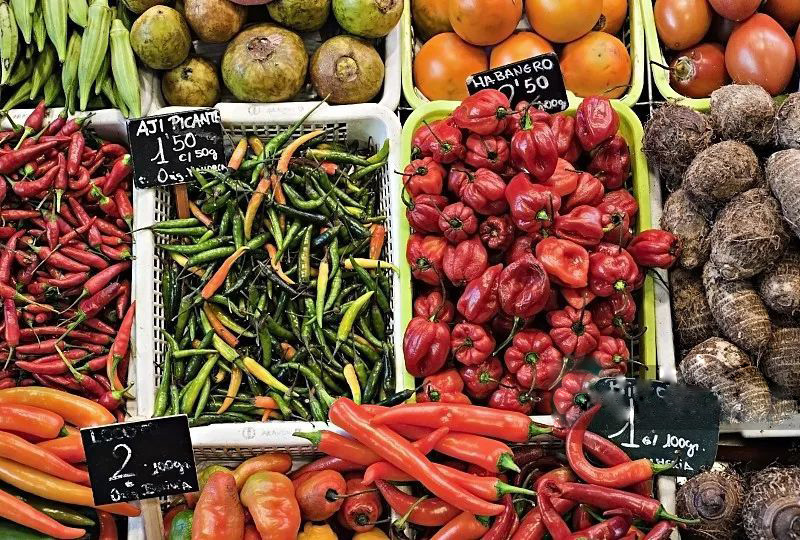Industrial and Value-Added Applications
Beyond culinary uses, Chinese chili peppers are driving innovation in food technology and value-added products:

Natural Food Coloring: The vibrant red of Guizhou peppers serves as a clean-label alternative to synthetic dyes in snacks and processed foods. This application alone has created a $120 million niche market.
Meat Alternatives: Sichuan mala (numbing-spicy) flavor profiles have become the top choice for plant-based protein seasonings in Asia, with 38% of new vegan product launches in 2024 featuring this taste profile.
Functional Foods: Capsaicin-rich supplements for metabolism support represent a fast-growing $280 million segment in the global nutraceutical market.
Gourmet Ingredients: Freeze-dried chili flakes and infused salts are appearing in high-end markets, with some boutique brands charging $25/oz for single-origin Yunnan pepper products.
The industrial transformation is evident in production hubs like Dalian’s wasabi industry, which evolved from raw exports (¥10/jin) to processed products (¥100s/jin), now controlling 75% of the global wasabi market. Similarly, Zunyi’s chili sector has grown from simple farming to a comprehensive $2 billion industry encompassing processing, trading, and tourism.
Market Trends and Future Opportunities

Several key trends are shaping the global demand for Chinese chili products:
Premiumization: Consumers increasingly seek single-origin, specialty chili products. The success of brands like Fly By Jing (which raised $12 million in funding) demonstrates this shift toward artisanal, story-driven products.
Health-Conscious Formulations: The “100% natural” claim has become a major selling point, with products emphasizing no additives, non-GMO status, and organic certification gaining market share.
Regional Branding: Geographic indications like “Zunyi Chili” and “Anyuan Chili” are creating premium categories, similar to wine appellations. The “Jinggangshan” branded Thai silkie chicken achieved a 5x price increase in Hong Kong markets by emphasizing origin.
Supply Chain Innovation: Cold chain logistics improvements in China (like Jiangxi’s network of 19 cold storage parks) ensure better quality preservation for export markets.
Cultural Storytelling: Successful brands combine authentic flavors with compelling narratives about Chinese culinary heritage, as seen in Dalian’s wasabi products that highlight 30 years of technological innovation.
Looking ahead, the RCEP trade agreement presents significant opportunities for Chinese chili exports to Southeast Asia, where flavor preferences align closely with Chinese profiles. Initiatives like Guizhou’s cross-border chili alliance aim to establish Chinese peppers as premium ingredients throughout Asia.
A Spicy Future
From humble village plots to global gourmet markets, Chinese chili peppers have embarked on an extraordinary journey. No longer confined to ethnic cuisine, they’re becoming essential ingredients in the global culinary lexicon—valued as much for their complex flavors as for their heat.
For food manufacturers, chefs, and retailers worldwide, Chinese chili products offer:
– Flavor Complexity: Layered taste profiles beyond simple heat
– Versatility: Applications across cuisines and product categories
– Premium Potential: Strong branding opportunities through origin stories
– Health Appeal: Natural, functional food attributes
– Market Growth: Expanding global demand across demographic segments
As consumer palates become more adventurous and the demand for authentic, high-quality ingredients grows, Chinese chili peppers are poised to become even more prominent in global cuisine. The future is undoubtedly spicy—and deliciously so.


